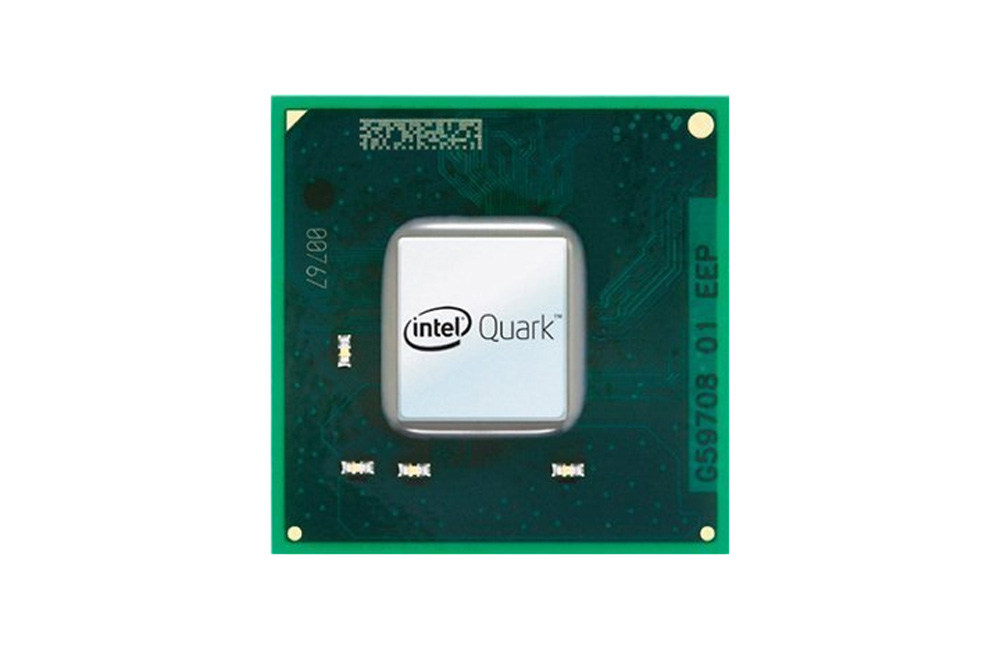
Many individuals have likely never heard of the Intel Quark before, unless, they’re affiliated with industrial or embedded computer systems – so, what, you might ask, is a Quark? The Quark was designed by Intel to specifically cater to the demands of the unavoidable information-sharing-milestone referred to as The Internet of Things (IoT). In short, IoT is an environment in which physical objects are capable of sending, and receiving, pertinent information across a network – without the involvement of a human-being. The Intel Quark operates as a gateway for this information as it travels to the cloud.
Advantech’s new UNO-1252G uses Intel’s Quark SoC x1000 Series chipset. It is a 32-bit x86 System on a Chip “designed to bring all the technology that we’ve had for the past 20 years into today’s applications” says Peter Dice, a Software Engineer at Intel. The quark uses single-core, single-threaded technology and is designed on the smallest core currently offered by Intel. The small size yields lower power consumption and makes the quark an ideal companion for small-form-factor system configurations, such as fanless units like the UNO-1252G, while remaining an optimal solution for low-budget buyers.
Intel’s Quark is equipped with several respectable I/O features, including, two on-chip Ethernet interfaces, PCI Express, USB 2.0, SD/SDIO/eMMC, SPI, UART, I2C/GPIO. The quark is designed for thermally constrained and harsh operating environments, and is able to withstand an impressive range of operating temperatures (-40° C – +85° C) making it the perfect candidate for low-budget buyers looking to maximize their CPU effectiveness within their device. The vision behind the quark is effectively bringing intelligence to the edge and enabling you to unlock the value of your data and securely managing your end point devices.
For more information on the UNO-1252G - Click Here
For more information on Intel’s Quark SoC - Click Here
Sean Nugent | Coast Automation Inc.
